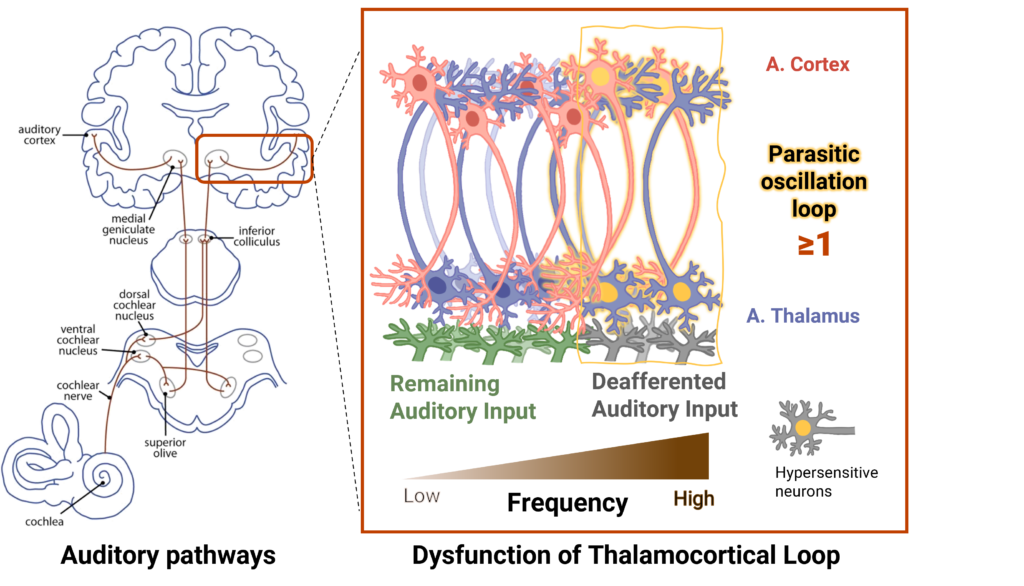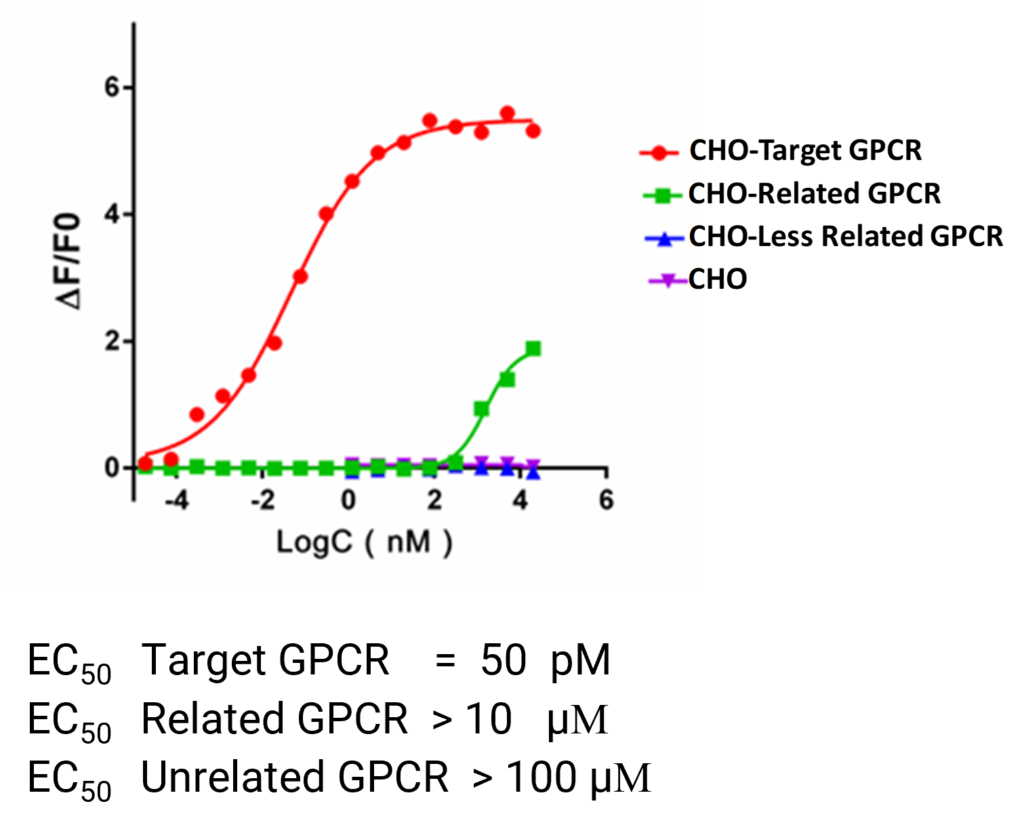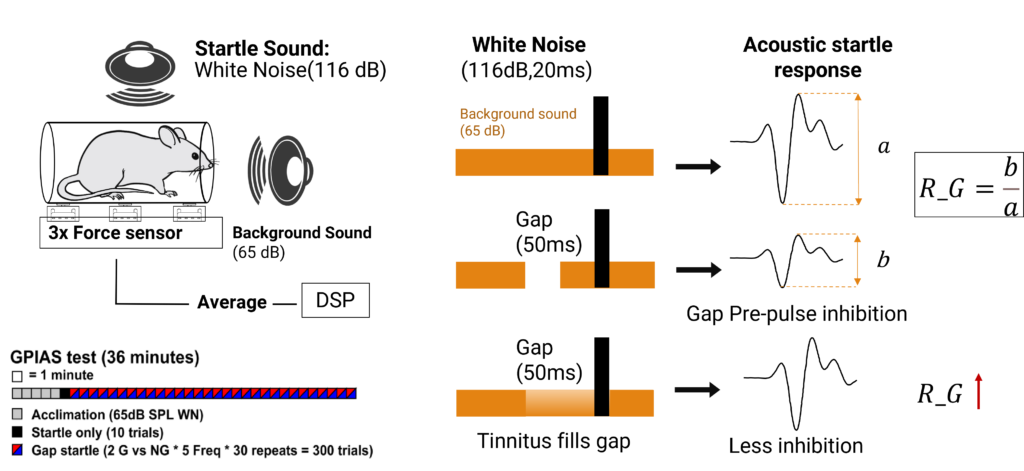Tinnitus
Tinnitus is a neurological condition characterized by the perception of noise or ringing in the ears without an external source. It affects millions of people worldwide and can range from a mild annoyance to a debilitating disorder that significantly impacts quality of life. While the exact causes are not fully understood, tinnitus is often associated with age-related hearing loss, exposure to loud noises, and certain medical conditions, making it a complex disorder that requires innovative treatment approaches.
About Tinnitus
Ringing in the Ear
A Neurological Phenomenon
Tinnitus is the perception of sound when no corresponding external sound is present. It is often described as a ringing, buzzing, or whistling sound in the ears. It is a neurological condition that has puzzled scientists and healthcare professionals for decades. This phantom auditory perception occurs without any external sound source, making it a challenging disorder to understand and treat. Tinnitus can manifest in various forms, ranging from a subtle background noise to a loud and intrusive presence that can significantly impact an individual’s daily life.
A Widespread Affliction
Prevalence and Risk Factors
Tinnitus is a remarkably common condition, affecting millions of people worldwide. Studies suggest that 15-20% of the global population experiences some form of tinnitus, with the prevalence increasing with age. While tinnitus can affect individuals of all ages, it is more common among older adults, particularly those with age-related hearing loss. Exposure to loud noises, such as those encountered in certain occupations or recreational activities, is another significant risk factor for developing tinnitus. Additionally, various medical conditions, including ear infections, cardiovascular disorders, and neurological diseases, can contribute to the onset of tinnitus.
The Complex Pathophysiology
Unraveling the Mysteries
The exact mechanisms underlying tinnitus remain elusive, but current research suggests a complex interplay of neurological processes involving the auditory system, brain perception, and emotional centers. Theories propose that the brain compensates for auditory system damage by generating “phantom” signals, while brain plasticity and non-auditory regions play a crucial role in tinnitus persistence and severity.
Current Therapies
The Need for Innovation
There is currently no cure for tinnitus, current therapies aim to manage symptoms and improve quality of life. Sound therapy, cognitive-behavioral therapy, and various relaxation techniques can help individuals cope with the condition. However, the effectiveness of these approaches varies, and many patients continue to struggle with the persistent and often debilitating nature of tinnitus. As a result, there remains a significant unmet medical need for innovative and targeted therapies that can directly address the underlying neurological mechanisms of tinnitus.

Novel Neural Mechanism of Tinnitus
Tinnitus, the persistent ringing or buzzing in the ears, affects millions worldwide. Despite its prevalence, its underlying mechanisms have long been elusive. Recent neuroscience advances reveal how disruptions in the brain’s auditory pathways can lead to this perplexing condition.
The Normal Auditory Journey
Sound waves enter the ear and are transformed into neural signals by the cochlea. These signals travel via the cochlear nerve to the cochlear nuclei, then to the superior olivary complex, and onward to the inferior colliculus. The signals finally reach the medial geniculate nucleus in the thalamus, which relays them to the auditory cortex, where we perceive sound.
The Disruption Leading to Tinnitus
Tinnitus arises from deafferentation, where neurons lose their normal input from the cochlea (or any other pathlogical changes along the entire auditory pathway). Instead of going silent, these neurons become hyperactive, firing synchronously and creating the perception of phantom sounds. A loss of input from the cochlea is considered to be one of the major causes for tinnutus. When the cochlea is damaged, such as from exposure to loud noises or age-related hearing loss, the brain may try to compensate by increasing the sensitivity of the auditory cortex. This increased sensitivity, in turn, may lead to the perception of tinnitus.
The Parasitic Oscillation Loop
In individuals with tinnitus, the auditory cortex becomes hyperactive, even in the absence of external auditory input. This hyperactivity is thought to be the result of a phenomenon called the “parasitic oscillation loop” involving the auditory cortex and the thalamus. The parasitic oscillation loop is a self-sustaining cycle of neural activity between the auditory cortex and the thalamus, a region deep within the brain that relays sensory information. Deafferented neurons form aberrant connections, maintaining their hyperactivity within this loop. The brain’s attempt to compensate for lost input results in persistent phantom sounds.
A New Dawn for the Tinnutus
By unraveling the mystery of phantom sounds, we propose a way to silence the ringing and bring relief to those who suffer from tinnitus. In a groundbreaking discovery, our team has identified a key G protein-coupled receptor (GPCR) in the auditory pathway that can transform hyperactive neurons back to their normal functioning state. We have designed a novel agonist targeting this GPCR, which has shown promising results in normalizing neuron activity. This innovative drug offers a new therapeutic approach for treating tinnitus by restoring normal auditory processing. As we advance this potential therapy, there is renewed hope for those affected by the relentless sound of tinnitus, heralding a new dawn in tinnitus research and treatment.

Neu-002 as a New Drug for the Treatment of Tinnitus
Neu-002 is a small molecule mimetic of the natural neuropeptide with drug like physiochemical properties was successfully designed and made. It has a long half-life in Plasma (figure below left), while the natural ligand for the GPCR has a lifetime of less than 5 minutes.
Neu-002 is a full agonist. As shown in the figure below (right), It exhibits high affinity and high selectivity to the targer GPCR.


Neu-002 Blocks Tinnitus in the Animal Model
Tinnitus Detection Model – GPIAS
Gap-Prepulse Inhibition of the Acoustic Startle Reflex (GPIAS) is a crucial method for detecting and studying tinnitus. This method leverages the acoustic startle reflex, a common response in mammals characterized by the sudden contraction of major muscles following an unexpected loud noise. In the GPIAS paradigm, the startle reflex is typically reduced when a silent gap precedes the startling sound within a soft background noise or tone. This is called gap-prepulse inhibition. By comparing the magnitude of the startle response in trials with and without the gap, researchers can calculate the GPIAS ratio (R_G in the figure below), which serves as an indicator of gap detection ability. Reduced inhibition by gaps embedded in specific background noise frequencies is assumed to reflect tinnitus frequency: the presence of tinnitus, which resembles the background noise, “fills in” the gap, thereby reducing the startle inhibition. This technique is instrumental in the objective assessment of tinnitus, facilitating the exploration of its underlying neural mechanisms.

Neu-002 Blocks Tinnitus in GPIAS Model
In the gold standard model of tinnitus, GPIAS model, we find that:
- With treatment of Neu-002, more than 50% of the mice are cured.
- More than 1/3 of the mice remain cured for 1 month after treatment is stopped, suggesting a permanent cure.
- This approach represents a new way to treat tinnitus


